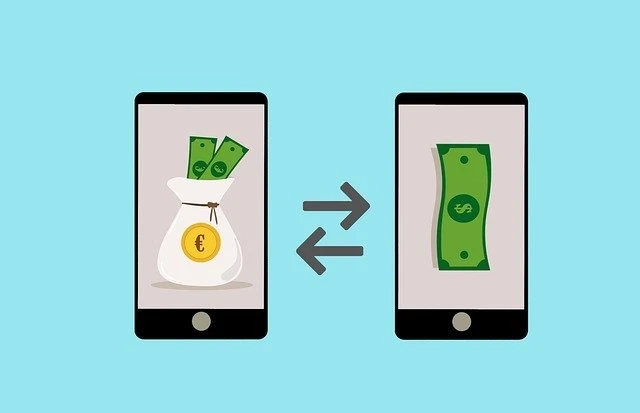The introduction of the cashless economy has led to plenty of money transfer apps flooding the app store. While some newcomers are making a mark in the field, it is still ruled by the old and big names like Paypal, Apple Pay, GooglePay, and the like.
In the year 2019, the top four payment apps in India spent around 1 million dollars in cash back and promotions. In fact, the reward system is one of the key factors that make people prefer the money transfer apps for all their transactions, however big or small.
So, how does this online money sending apps generate their revenue? Let’s have a look.
Advertisements
A regular source of income for all mobile apps, Advertisements play a role in money transfer apps as well. Millions of transactions happen daily through these mobile apps. By offering advertisements or specific product offers in partnership with other businesses, money transfer apps make good revenue. This method of revenue generation may not be as evident in money transfer apps as other mobile apps as users generally spend less time on money transfer apps. However, since it maintains a standard in the mobile app market, people give more value to ads from such apps as compared to ads from mobile gaming apps.
Through Transaction Fees
Transaction fees are the primary source of revenue of almost all the money transfer apps. Every transaction that a consumer does with a business is a revenue opportunity for the mobile app. When a consumer initiates a consumer to a business transaction, e.g., using Apple Pay for purchase, Apple Pay will take a transaction fee from the respective businesses for using their payment gateway. The transaction amount charged is mostly 0.5% - 1.5% of the transfer amount. For consumers, this is of no concern as they don’t have to pay anything extra.
Mini E-commerce Platform
Several money transfer apps have ventured into creating a mini e-commerce platform related to their payment service. One such successful example is Paytm and Paytm Mall. Paytm, a leading financial service provider in India started its e-commerce platform called Paytm mall, where they sell products and provide services. This is a very successful approach through which you can extend your money transfer app to many more people. These platforms usually offer excellent cashback and discounts for using their money transfer app for purchases as well. So it is beneficial for both customers and providers.
Web and in-app payments
Since everything is now online, web and in-app payments have a great potential to help create money with mobile apps. This one is a little difficult to implement as it needs the cooperation of eCommerce sites, app developers, and payment gateways. Partnering with major banks to achieve this is a significant step taken by most apps. By debiting payments directly from checking accounts, these apps offer their own checkout, gain market share, levies lower fees on merchants and still earn a fair enough percentage from each transaction.
These are some of the ways in which money transfer apps generate revenue. Some apps may provide premium services for a price or offer their own cards, which will have a maintenance fee and withdrawal fee. But most money transferring apps start without a significant money-making plan in mind and gradually integrate it into their apps after building enough market and loyal customer base.


